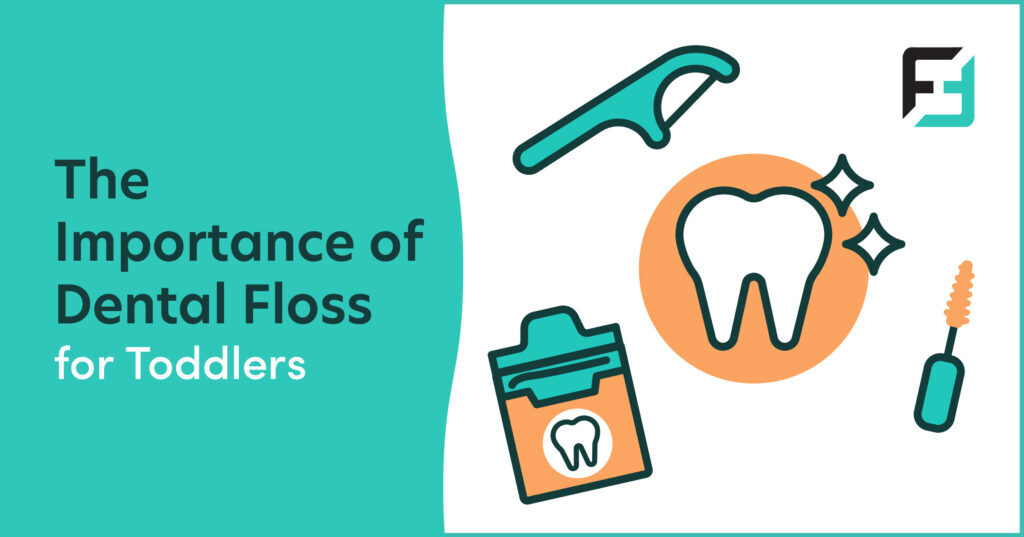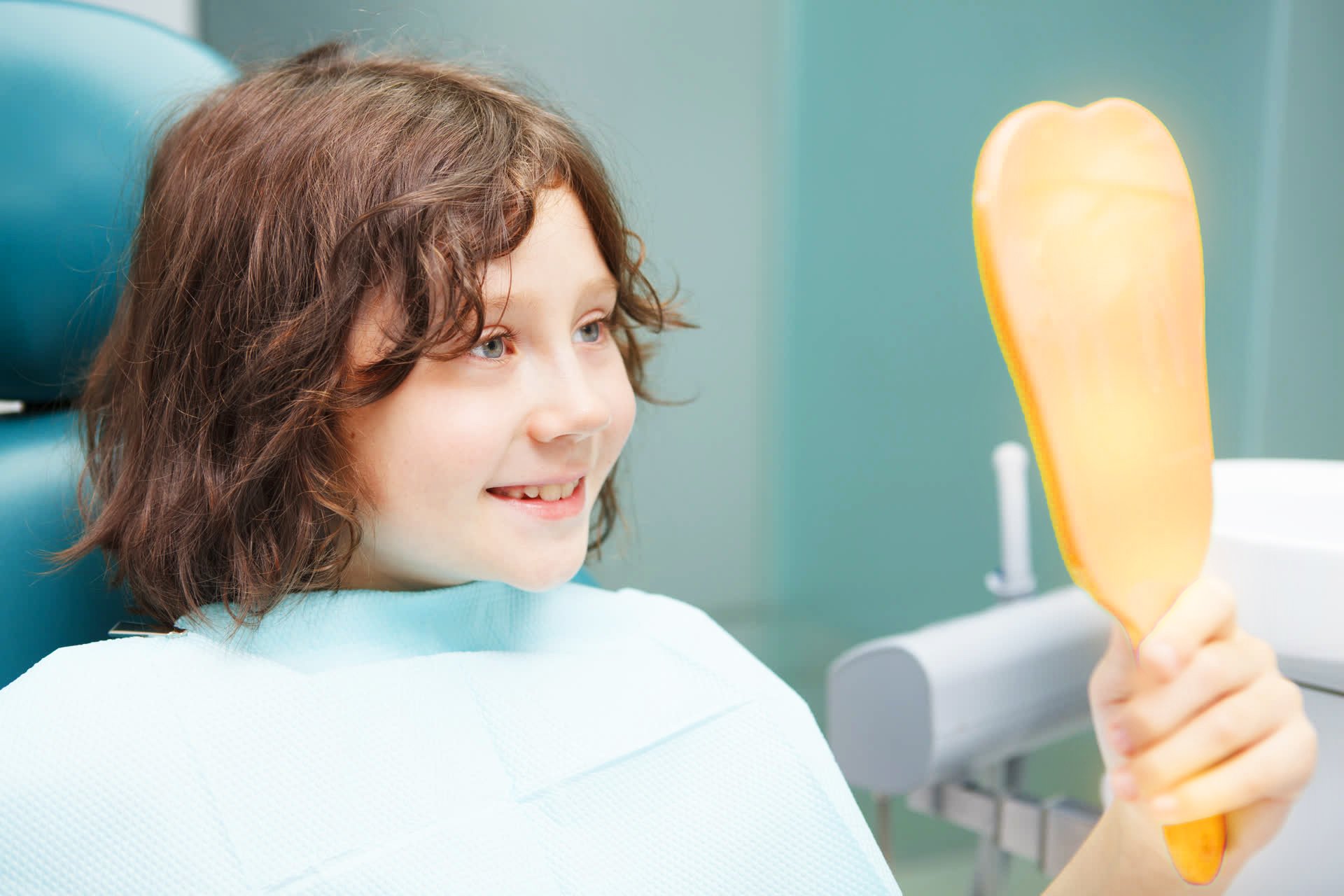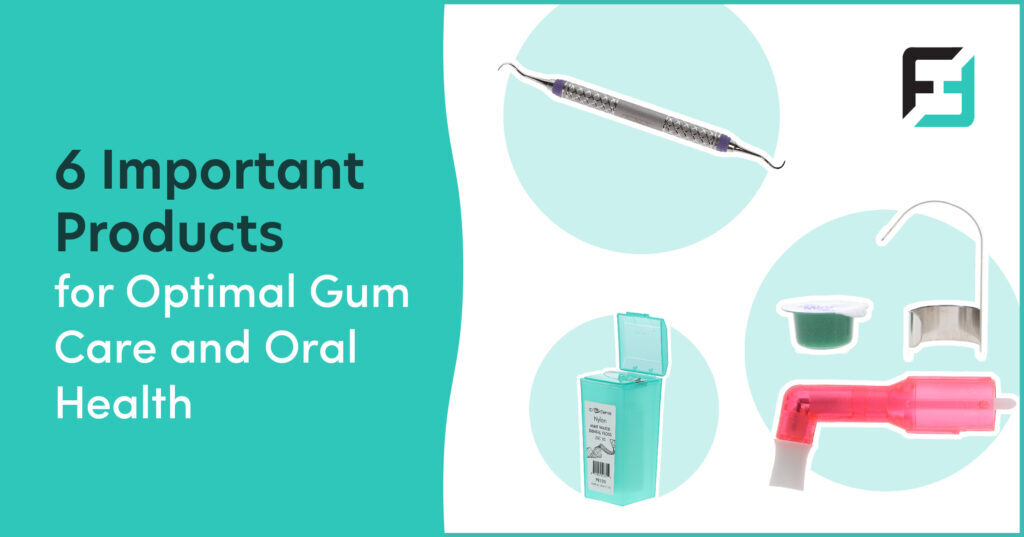Exploring the benefits of flossing and how to make it a regular part of your toddler’s dental routine.
As a mother, you want nothing more than to protect your child and maintain their health, which includes dental health. The morning and nighttime routine undoubtedly include brushing your toddler's teeth. And, while brushing teeth is imperative to your child’s dental hygiene, flossing is often overlooked when they are that young. It seems a win to get their teeth brushed on most days. However, the importance of dental floss for toddlers’ oral health is just as important and should be a regular part of their oral hygiene routine to create healthy habits young. Starting to floss at a young age helps to establish good dental hygiene habits that will stay with them for life.
The benefits are ten-fold when you talk about their teeth since flossing helps to remove food particles and plaque from between their teeth, where a toothbrush cannot reach. As a result, flossing reduces the risk of cavities, gum disease, and bad breath.
The Benefits of Dental Floss for Toddlers
Cavity Prevention
One of the main benefits of flossing at any age is removing plaque and food particles. We can all remember being given little floss packs from the dentist and explaining the importance of flossing for cavity prevention. Flossing helps remove plaque and food particles from between teeth, where toothbrush bristles cannot reach. This process will prevent cavities and other dental concerns, such as gum disease and bad breath.
Promotes Healthy Gums
Therefore, flossing and the removal of food particles and plaque also promote healthy gums and reduce your chance of gum disease. Gum disease does not only affect an older generation but can present itself in individuals as young as childhood. Regular flossing prevents gum disease by removing plaque and bacteria and can cause gum inflammation.
Promotes Good Blood Circulation
Have you ever been to the dentist, and your gums bled when they started to floss your teeth? Chances are that you do not floss enough, causing them to be very sensitive. Flossing promotes better blood circulation in the gums, which ultimately helps keep them healthy and strong. It will also reduce the risk of bleeding gums, which could be a sign of gum disease.
Avoids Bad Breath
As discussed, kids, like anyone, trap food particles between their teeth throughout the day, and a toothbrush is effective as it cannot reach them. Therefore, daily flossing will remove this building and, as a result, any odors that it can hold. Overall, this will improve your child’s breath.
How to Teach your Toddler Healthy Flossing Habits
start Early
The earlier you begin teaching your child the importance of dental hygiene, the easier and quicker this routine will become a habit. Starting early in your child's life, such as making it part of your nighttime routine and building healthy habits that last a lifetime. As a rule of thumb, once your toddler has all their teeth, it is time to start flossing. Make sure to use a type of floss that is gentle on their gums and developing teeth.
Make it Fun
Trying to get a toddler to do anything can sometimes be frustrating and seem like a losing battle. Therefore, it is crucial to make flossing a fun experience for your toddler to promote a positive experience. You can use a fun toothbrush holder or pick a cartoon character, sing a song, or play a game while flossing your teeth. You can also reward them with a sticker or praise afterward.
Lead by Example
Children learn by example, so to help teach your toddler, you can show them how to floss by demonstrating on your teeth. By showing them proper flossing techniques and how to reach all areas of their mouth, they are more likely to floss effectively. You can also floss your teeth at the same time as them to make it an activity you do together. This way, your child, and yourself, are more likely to make flossing a habit.
Use the Right Technique
Using the proper flossing technique can avoid little discomforts that might label flossing as painful or unpleasant for your toddler. The correct flossing technique is to wrap the floss around your fingers and gently slide it between each tooth to ensure both sides are clean. Be gentle and avoid forcing or snapping the floss between the teeth since this can cause gum damage. However, little children may benefit more from a floss pick. Once finished, you can have your child rinse their mouth with water to remove any remaining debris.
How to Choose the Best Dental Floss for Your Toddler
Soft and Gentle
When choosing the best dental floss for toddlers, one of the first considerations should be whether it is soft and gentle on their teeth and gums. This way, it should not cause discomfort or irritation on their teeth and gums, resulting in a more positive dental experience.
Easy to Use
When it comes to your toddler, look for floss that is easy to use, especially if your child is learning how to floss for the first time. A string of floss with a holder or a pick can make it easier for them to grip and maneuver the floss around their teeth. They also help to prevent injury to the gums.
Type of Floss
Choosing the right floss can be difficult due to the variety of floss available, including waxed, unwaxed, flavored, and unflavored. With dental floss for toddlers, it is best to choose waxed or coasted floss because it is less likely to shred or break. Flavored floss can also make flossing more enjoyable for toddlers.
Thickness and Length
Dental floss comes in different thicknesses, ranging from thin to thick, and lengths. When it comes to dental floss for toddlers, it is better to choose a piece of floss that is thin and easy to maneuver between their teeth and long enough to floss all their teeth without a new piece of floss for each tooth.
Conclusion
In conclusion, daily flossing is as essential to a toddler’s dental hygiene routine as regular dentist visits and brushing twice a day. It helps remove plaque, prevent gum disease, promote good blood circulation, build healthy habits, and it is never too early to start. By incorporating flossing into our toddler's dental routine, we can help them maintain healthy gums and teeth for a lifetime.
Furthermore, it is crucial to consider factors such as type, thickness, length, ease of use, and brand when choosing the best dental floss for toddlers. Using the right dental floss and using it correctly is crucial to the success of your toddler’s flossing routine and oral health.
Overall, flossing is an important part of dental hygiene that, as a mother, you should not overlook, especially when teaching toddlers healthy habits. So, let us teach our kids to floss and get those pearly whites shining!
Enter your email to get first access to our latest news, deals, and more.




